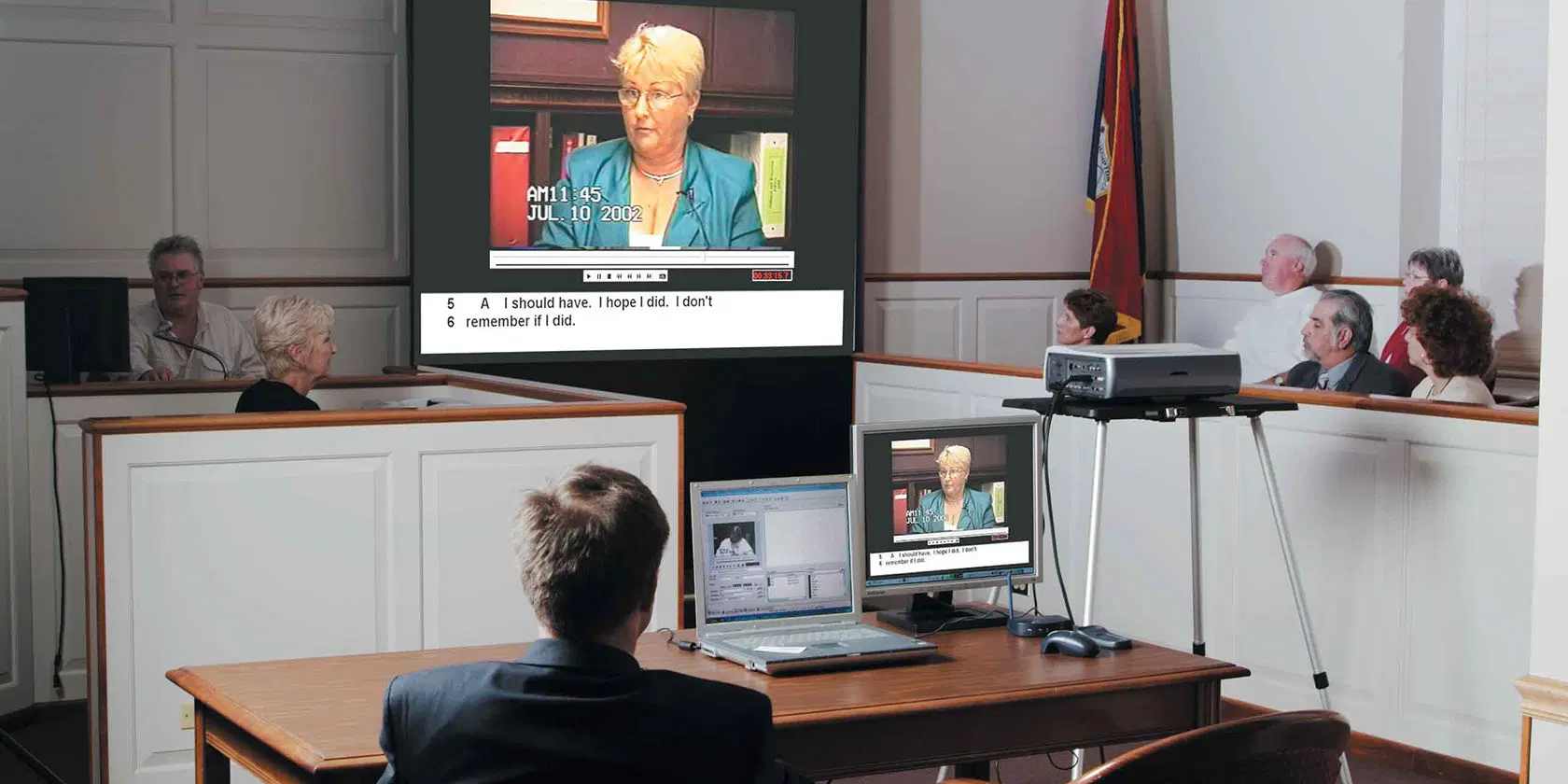Trial Presentation Professional Services to Enhance Litigation and Case Success
Trial Presentation Professional Services to Enhance Litigation and Case Success
Blog Article
Astound the Jury: Essential Aspects of a Powerful Trial Discussion
In the world of legal advocacy, the capacity to captivate a jury is vital to the end result of a test (trial presentation). Essential elements such as understanding the audience, crafting an engaging story, and understanding verbal and non-verbal interaction are critical components of an effective discussion. Furthermore, the strategic use of visual aids can significantly improve comprehension and retention of crucial arguments. As these variables intertwine, they create a cohesive technique that not just informs yet additionally involves jurors on numerous levels. What certain strategies can genuinely change a standard discussion into an unforgettable experience for the court?

Understanding Your Target Market
Comprehending your target market is a pivotal facet of efficient trial presentation. A successful presentation hinges on the capacity to understand the demographics, worths, and proneness of jurors. This comprehension informs how arguments are framed, proof exists, and psychological charms are crafted, making sure that the message resonates with the jurors on a personal level.
Research study indicates that jurors come from diverse backgrounds and may have differing levels of recognizing concerning lawful proceedings. In addition, understanding the jurors' prospective biases and life experiences enables the test presenter to anticipate objections and address worries proactively.
Efficient test discussion additionally entails observing jurors' reactions throughout the procedures. Involving with jurors as individuals instead than a cumulative system is necessary in cultivating a strong link in the court.

Crafting a Compelling Narrative
Crafting an engaging story is crucial in leading jurors via the intricacies of an instance. A well-structured narrative not just simplifies detailed lawful ideas yet likewise engages jurors on a psychological degree, making the details more relatable and unforgettable.
This message ought to resonate with the jurors' worths and experiences, fostering a connection that transcends simple facts. This sequential strategy can aid jurors follow the progression of events, emphasizing cause and effect.
Incorporating human aspects-- such as individual tales or stories-- can additionally boost the story's impact. These elements stimulate empathy, enabling jurors to visualize the consequences of the instance on realities. Furthermore, using a consistent style throughout the presentation strengthens the major argument, making it much easier for jurors to retain crucial points.
Eventually, an engaging story transforms a trial discussion from a simple recounting of truths right into a persuasive tale that mesmerizes the court, encouraging them to ponder with both factor and emotion.
Utilizing Aesthetic Help
Incorporating aesthetic help right into a test presentation can dramatically enhance jurors' comprehension and retention of information. Visual materials such as graphes, representations, pictures, and videos can change complex legal principles and evidence into quickly digestible formats. By involving multiple detects, these aids permit jurors to imagine the case's crucial elements, making it our website much easier for them to follow along and grasp complex information.
Additionally, well-designed aesthetic help can stress important factors and emphasize connections between various items of proof. For circumstances, timelines can efficiently show the sequence of events, while annotated images can clear up specific information pertinent to the situation. This not just aids in understanding yet also strengthens the story presented by the attorney.
Extremely complex or cluttered visuals might overwhelm jurors and take away from the message. Inevitably, efficient aesthetic interaction can be a powerful tool in convincing jurors and aiding them get to educated conclusions.
Understanding Verbal Communication
Efficient spoken communication is crucial in a trial presentation, as it functions as the key means through which lawyers convey their debates and connect with jurors. Mastering this ability includes clearness, persuasion, webpage and interaction. Attorneys need to verbalize their points plainly and briefly, preventing legal lingo that might puzzle jurors. Simplicity in language cultivates understanding and aids jurors comprehend complicated issues presented during the test.
Moreover, tone and pacing dramatically influence how messages are obtained. A confident tone shares authority, while suitable pacing permits jurors to absorb details without really feeling overwhelmed. Lawyers should likewise differ their vocal inflections to stress crucial points and keep jurors' interest throughout the discussion.
Additionally, the organization of spoken arguments is important. Structuring the narrative realistically and coherently assists jurors follow the attorney's line of thinking, making it simpler for them to preserve crucial information. Making use of persuasive methods, such as narration, can additionally enhance the emotional vibration of the debates provided, thus developing a much more profound link with jurors.
Ultimately, mastering verbal communication not just reinforces a lawyer's situation yet additionally cultivates trust and rapport with the jury, considerably improving the possibilities of a positive judgment.

Involving With Body Language
Nonverbal communication plays a crucial duty in test presentations, frequently communicating messages that words alone can not share. Body movement, encompassing gestures, pose, face expressions, and eye call, significantly influences how jurors view the trustworthiness and sincerity of the presenter. A positive stance, with shoulders back and an open position, can impart count on, while closed-off body movement might recommend defensiveness or unpredictability.

Faces must mirror the feelings related to the situation, strengthening the narrative being presented. For instance, an honest expression throughout a poignant minute can generate empathy and strengthen the sob story. Eventually, grasping body movement is essential for effective test presentations, as it boosts spoken communication and develops a compelling presence that reverberates with the jury.
Conclusion
To conclude, mesmerizing the jury demands a calculated approach that encompasses comprehending the target market, crafting a compelling story, using aesthetic read here aids, understanding verbal interaction, and involving through body movement. Each element plays a vital role in developing a powerful test presentation that reverberates with jurors on both emotional and intellectual degrees (trial presentation). By integrating these elements effectively, attorneys can dramatically enhance their capacity to persuade and influence court decision-making
Report this page